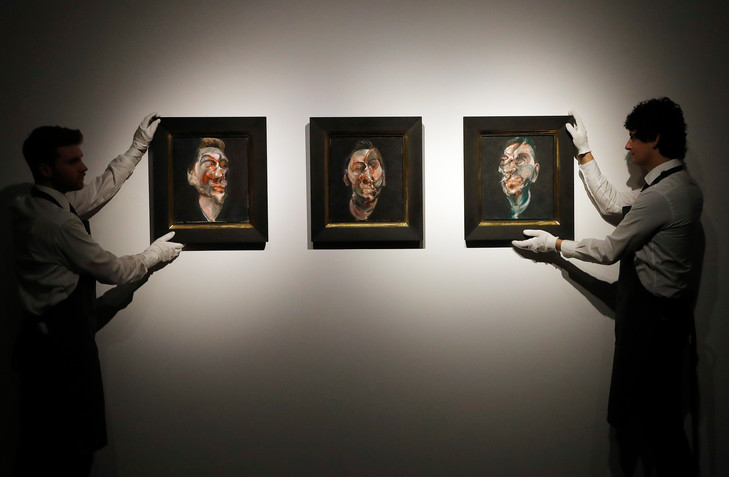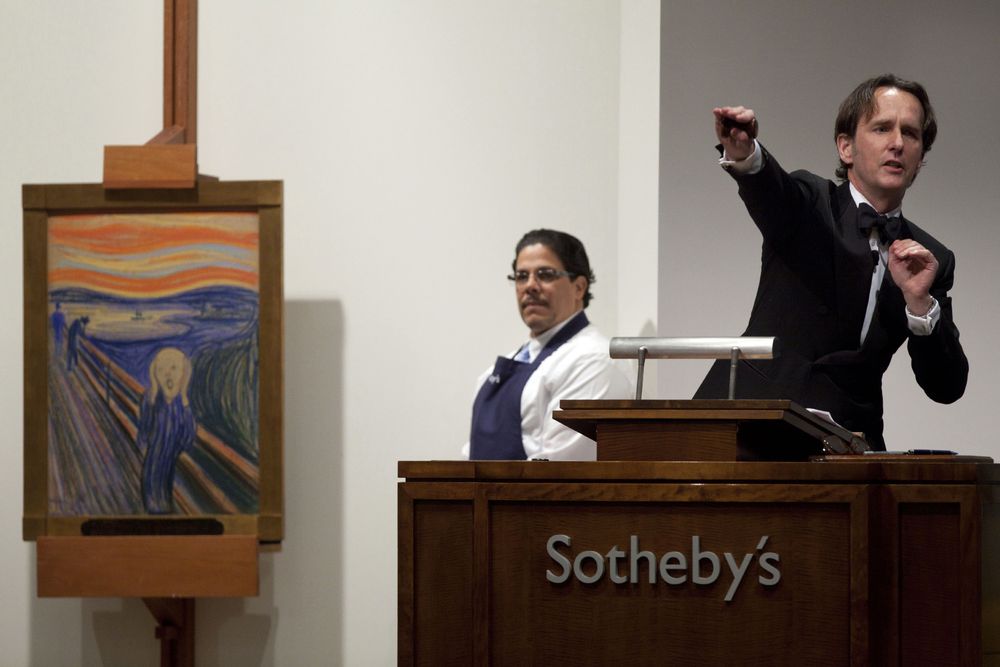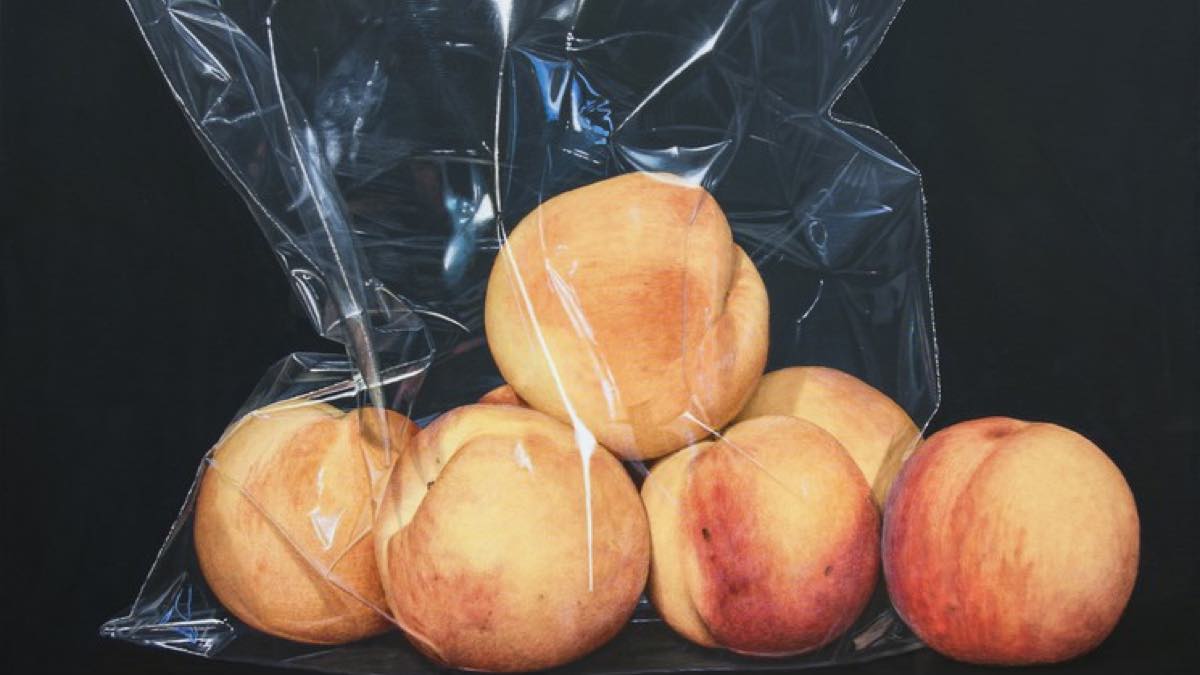
Guide to start a contemporary art collection (1/2)
The act of buying a work of art is a pretty basic concept to picture and understand for most people. However, collecting art is a very different and much more complex undertaking. Starting your own contemporary art collection doesn’t rely only on tastes or urges, it demands long term implication.
The essential aim is still about buying what you like but an art collection deserves to be unique and reflecting your image. By definition, it requires some planification and a few number of elements are to be considered. No worries, Artsper has thought it through and you only need to follow the guide in order to assimilate the good habits.
Here is the first part of this two-part guide.
#1 Educate your eye

First rule to keep in mind is that there is no need to be an expert to have an opinion! In fact, every informed amateur can formulate what he likes or doesn’t.
Roaming around galeries and museums, visiting exhibitions and educating your eye will enable you to obtain a wiser look upon the contemporary artistic scene. The art world can sometimes appear as elitist but it is really at everyone’s reach if only you give yourself the means to. Shaping your own taste or just learning to know it and define it only depends on you.
Refer to the Artsper calendar in order to know about exhibitions currently on in our partner galleries, or to the articles outlining the most important artistic events and try to see as much art as you can and therefore define what you like or don’t.
#2 Quality before quantity

Collecting takes time. In fact, it is essential to favour quality instead of quantity and try to avoid as much as possible to make acquisitions that can potentially become regrets. If you don’t start by doing some prior research on internet or by educating your eye, you are taking the risk of buying artworks only because they have been buzzed-out and not according to your own taste. It is important to take your time and increase your knowledge and learn to master your tastes in order not to fall into the trap of making a purchase dictated by a trend or because of someone telling you about the rate of an artist is likely to grow higher over the years.
Go through the different categories on Artsper’s website, from young talents to masterpieces, as well as our staff picks.
#3 Learn about the way the market works

For that, learn to get concerned by auction sales and the way the contemporary art market operates. Different to all other markets, the art market distinguishes itself by the fact art being a goods that goes further than the simple basic object. A work of art carries an aura that differenciates it from any other kind of object, even luxury goods. It is therefore the reason why the market has its own particularities, as much as in theory than in practice.
You can start by refering to the Hiscox report on the art market online. It lists every year the great tendencies of art market on the internet, in constant development. It will enable you to grasp the first notions of such a particular world.
#4 Looking at great personnalities of History of Art

Refering to the story of important collectors and great personnalities of the contemporary art world can help you guide your research. Many stories and characters have left their mark on History of Art and keeping in mind some reference points when in front of a work of art is a plus. It enables to re-contextualize the artwork or the artist even, in relation to its peers’ production.
That way you will get an idea on the artwork’s positionning and its relevance. Don’t get fooled by a pale copy of a style or composition bringing no contribution in terms of creativity or personal interpretation to it.
#5 Historical References
Starting a collection of contemporary art involves a certain commitment which includes taking a closer look at art history and its main and most important events.
You do not need deep knowledge about all the artistic periods and movements listed to date in the history of art, you could for example only read a book, like “History of Art” which was written by Ernst Gombrich, where he addresses the main subjects and events of the history of art from the primitive period to the present day in a simple and clear way.
#6 Coherence
Coherence in a collection is acquired most of the time with the passage of time, almost in a natural way. By habituating the “eye” and with practice, you will succeed in noticing a certain relation between the works of art that you have acquired and those that you are attracted to.
But before time has an effect, it is important to start planning your next purchase right now. Try to mentally place the piece that you like besides the pieces that you already have. Without comparing them or focusing your interest on the pieces that resemble your latest acquisition, try to simply understand the mechanism of your tastes and impulses in order to learn from them and understand the cause of it.
#7 Taking your Budget into Account
Do not hesitate to get interested in a specific artist and in his work even if your budget does not initially allows you to acquire it.
Indeed, some mediums are more affordable than others, specially the editions in the form of serigraphs. Not necessarily meaning they are of less quality, a lithography or a painting, even if done by the same artist may not have a similar price.
It is the unique aspect of painting that counts, even though a lithography remains a unique piece due to the digital process behind it (see our explanatory text about serigraphy).
Integrating a piece of an artist whose work you appreciate to your collection can start with the acquisition of an edition before you can acquire a larger unique piece later on.
#8 Do not Give in to your False Impulses
Being reasonable is not the goal when buying artwork, on the contrary. An art collection reflects your own taste more than any other sort of collection.
Buying a work of art often comes from an emotional impulse, a feeling. But sometimes that impulse is influenced by an outside opinion and that is what we must learn how to deal with.
Without falling in a psychological analysis, a collection is personal and it is important that it retains its singularity and its uniqueness in order to not resemble any other collection.
Don’t hesitate to go through the selections made by great collectors and personnalities of the arts in our Interviews.
If you need some guidance, why not get in touch with our Art Advisory service ? Our art advisors will help you find the perfect work to suit your tastes and budget.

About Artsper
Founded in 2013, Artsper is an online marketplace for contemporary art. Partnering with 1,800 professional art galleries around the world, it makes discovering and acquiring art accessible to all.
Learn more













